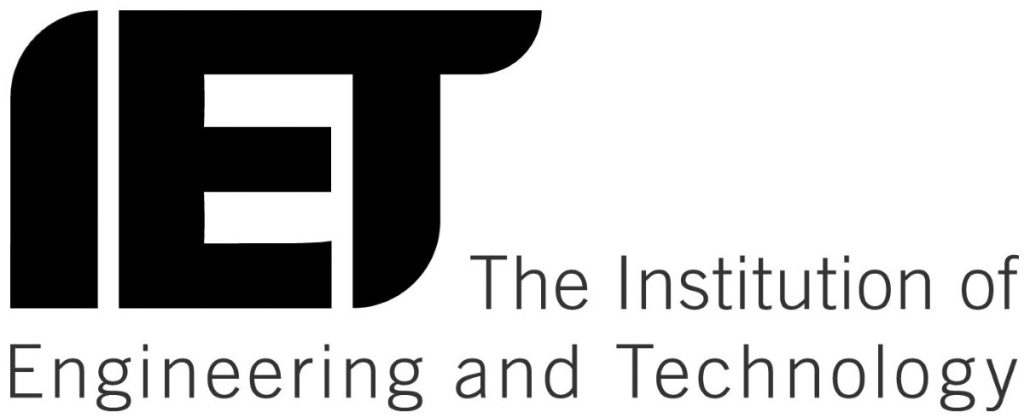Tube strike: the technology exists to have totally driverless trains
As strike action affects London Underground, the Institution of Engineering and Technology (IET) considers the future of totally driverless trains on the London Underground.
Paula-Marie Brown, IET Head of Transport, said: “Over recent years, travelling on the London Underground has been transformed by noticeable changes in technology, for example with the introduction of the Oyster card and WiFi on station platforms as well as the introduction of new rolling stock.
“Other changes are less obvious, such as the introduction of automated driving systems on the Central and Jubilee Lines which gives a more frequent service to the passenger. Fare collection innovation will continue with contactless payment using bank cards just around the corner.
“Technology has and will continue to transform our journeys underground. There is already a long history (since 1968) of technology controlling trains automatically on the Victoria Line.
“Most passengers will be unaware that a high majority of Victoria, Central and Jubilee Line journeys are operated by automated systems, with the driver being there to deal with perturbation and provide reassurance to the travelling public. It is a similar situation in planes where the aircraft are manned by a pilot and co-pilot but are regularly controlled for a majority of the flight by the automatic pilot.
“Technology will continue to transform the Tube, and in the next decade we will see automatic train operation being introduced on other London Underground lines such as the Northern, Piccadilly and Sub Surface Lines. Automatic Train Operation (ATO) will also be part of the core section the Thameslink route, a first for the mainline railway.
“All of this technology will most certainly improve service reliability but one of the challenges for London Underground will be to reassure passengers’ safety concerns, with a visible staff presence still being required at platforms and on trains – even Docklands Light Railway, which is a ‘driveless system’ has a train manager on board who manages train despatch from the platforms.
“The significant question is, whilst the technology exists to have totally driverless trains and staff-free platforms, what is required to convince the travelling public that they are acceptably safe?”





-01.png)